The wave of generative: AI Bent and Lorca in conversation
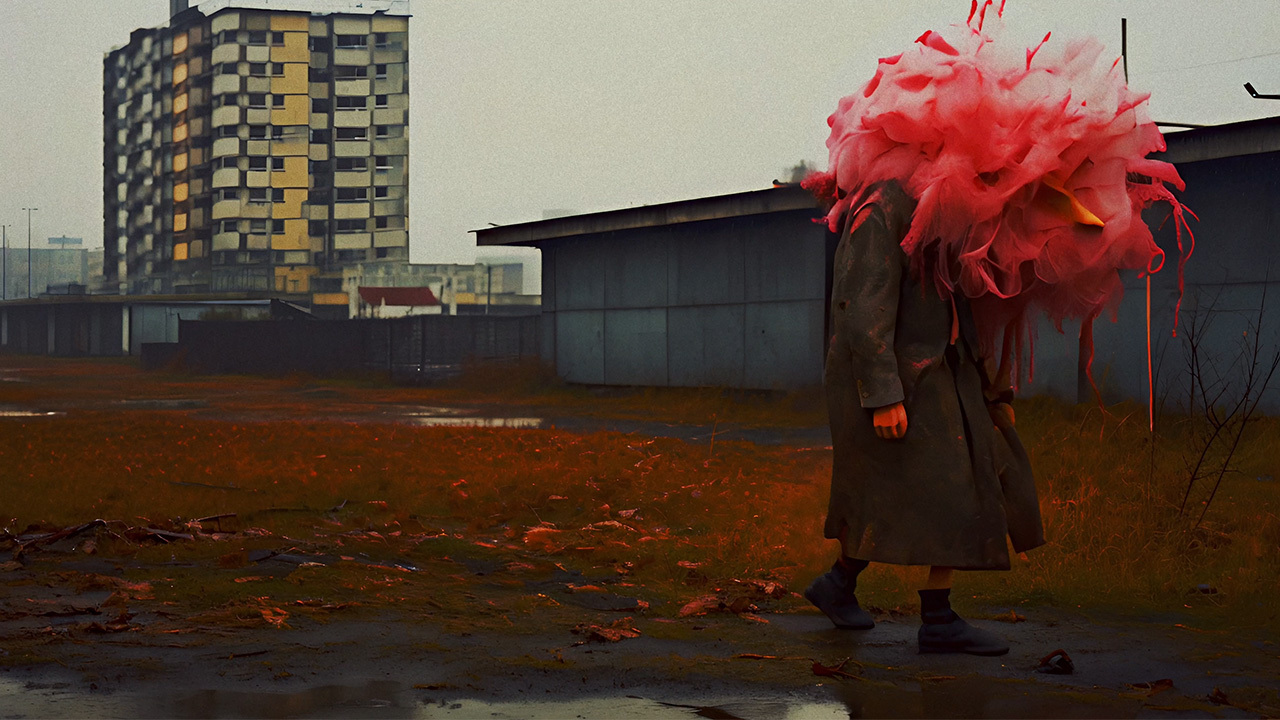
The creative industries stand on the brink of a transformative challenge, one that ripples through its very core.
The advent of generative AI has sparked a global debate, igniting conversations and confrontations across diverse platforms – from the solemn halls of courtrooms to the vibrant threads of internet forums, causing the world to question “what is creativity”, “what is originality”, which has sparked calls for the entirety of copyright law to be rethought.
This pivotal moment in art history is marked by a crucial decision: to either welcome the wave of generative AI with open arms or to stand in opposition, shaping the future of the industry.
Robert Wilson of AI Bent, says we should embrace it and stands as a vanguard, embracing the technology by melding the unpredictable realms of AI with the emotive power of music. His work isn’t just about creating visuals; it’s about crafting experiences that resonate deeply, where technology and raw human emotion intersect.
His recent venture, the music video for “Buchla’s Bump”, a collaboration with electronic music producer and R$N friend Lorca, is a testament to this unique approach. Set against a dystopian backdrop infused with a startling blend of bleakness and vivid fashion, the video navigates the chaotic yet captivating world of AI filmmaking. It’s a journey through a landscape where the dystopian and the stylish collide in a haunting dance of visuals.

We delve into a conversation with Robert about his pathway into AI-enhanced artistry, the challenges and revelations of working with generative AI, and his collaboration with Lorca. They also explore his vision for the future of AI in the arts and the unique blend of narrative, emotion, and technology that defines his work.
The music video feels creepy, it has a real dystopian backdrop. What inspired you to explore this style, and how did you get started with AI in your artistic work?
Sam’s music inspired me to explore this style – the music unlocked all these feelings for me of a very specific place. One thing I do with AI is that I want tactile and I want specificity of place, so wind, dirty puddles on pavement, want that taste of mud in the air – and then I was thinking “what’s the bleakest prompting I can think of” and I landed on 1960s Russian Brutalism. I also wanted to juxtapose those neutral tones with this idea that in this particular dystopia, fashion remains but, like how a Vivienne Westwood skirt looks after it’s been worn continuously for 6 years straight. Bold color amidst that bleak backdrop was the thinking.
When did you first realise that combining AI and music was a path that had potential you wanted to explore?Music has always moved me, but in a personal way. I’m more headphones than outdoor festivals, I guess. What AI has gifted me is an immediacy to explore feelings and moods and dreams, and the whole creative pipeline is there to find those visuals.
Many people find generative AI for art something alien. What challenges have you faced while playing with this technology as a tool for your work?
Prompting, for all of its power, is still like asking your drunk friend for the car keys. You have to cajole, there’s illogical push back, you’re going to get some strange encounters. So that’s part of the emerging technology, just the level of control. The other aspect is the inherent weirdness in the video creation, so leaning into the distortions and letting it freak out a bit, again in a controlled, deliberate way, while the tech continues to improve.
How did your collaboration with Lorca come about for this project?
Lorca reached out to me via Instagram, (like all collaborations start now?) I was posting some videos and I just got really lucky Sam saw mine, featured on Curious Refuge, and those guys are amazing. The music was so ‘transportational’ it was easy to get immersed. And I always think in terms of soundtracks, so “what film would this music work with”, and for me the music had urgency, edge, like dancing while the world is on fire. Like, even in dystopia people are dressing in banging outfits and playing mus
The visuals you have created seem to nail the vibe of the track and synchronise with the music’s journey. How did you ensure the visuals brought the track to life?
I broke it out into color and location, coastal and water, countryside, urban. Like one long drone shot from sea to downtown, so chapter 1, waves crash, tension, wind picks up, doom on the horizon. Chapter 2, moves inland, time is maybe passing, everything’s busted and old and wet and bleak. Chapter 3, moves to skylines, buildings, rot and hot colors. Then I look for where the movements can land on certain beats, certain energy of movement or direction of movement so there’s a flow. I edit in Premiere Pro and I do my edit according to the music track, it is the foundation of everything. So the beat creates movement, creates flow, creates story.

Many people are sceptical of AI tools and their potential, what would you say to artists/creators that take a cautious view of the technology?
If you’re scared of it, run towards it. Don’t dig your heels in. In the end It’ll be another tool in the tool kit, a really powerful, multi-dimensional tool, but it will still need an artist to wield it. Ideas still matter, conceptual thinking still rises to the top, just use AI to further those visions and embrace this time in history – art and technology have never had a relationship like this before.Grow with the medium, take it for what it is now, push it and shape it, but don’t fight it or force it to do things it can’t do yet. There’s lots of video out there that’s trying to hide the weirdness, but that’s just part of what AI tools give you, and eventually they won’t be weird anymore and honestly, we’re going to miss it when it’s gone. Everyone’s in such a rush to swap it in for live action video or CGI or actor performances and getting frustrated by the lack of control but that’s its superpower right now, it hums along and then gives you some horrifying amazing surreal beauty. Lean into it while you can because it’s growing so quickly. Make use of its benefits, don’t fight them.
Looking forward, are there any particular themes or techniques you are eager to explore in future projects? Can you give us a hint about what’s next for AI Bent?
I’m exploring narrative, emotions and performances as much as possible now, and using Runway Gen-2’s latest developments is helping tremendously. And lip syncing with GooeyAI is a blast, so getting into more writing, more character-driven stuff. I’m dropping into different genres and seeing what’s good.
Robert Wilson is an LA-based, award-winning creative executive in the entertainment industry, known for crafting visuals that connect on a visceral level. At the forefront of AI film innovation, he uses generative models and custom-built workflows with immersive software, pushing boundaries in this emerging field with storytelling grounded by raw emotion and physicality.
The music video “Buchla’s Bump” harnesses the power of AI filmmaking, showcasing a unique fusion of dystopian imagery and vivid fashion. It exemplifies Robert’s embrace of AI’s chaotic nature in crafting video that is unpredictable, haunting, and beautiful.
Robert continues to push the boundaries of visual mixed media, pursuing innovation at the thrilling intersection of art and technology.




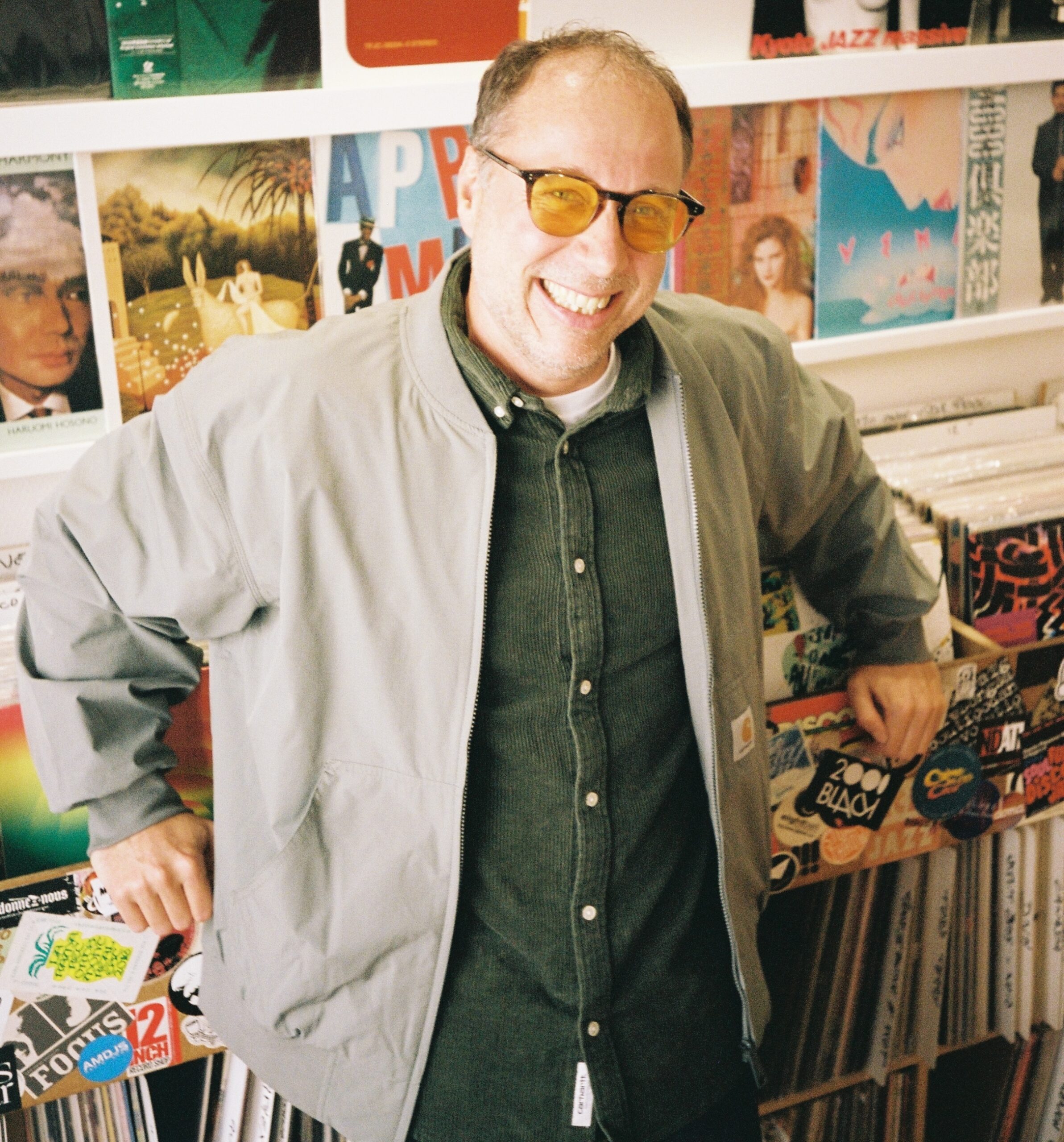
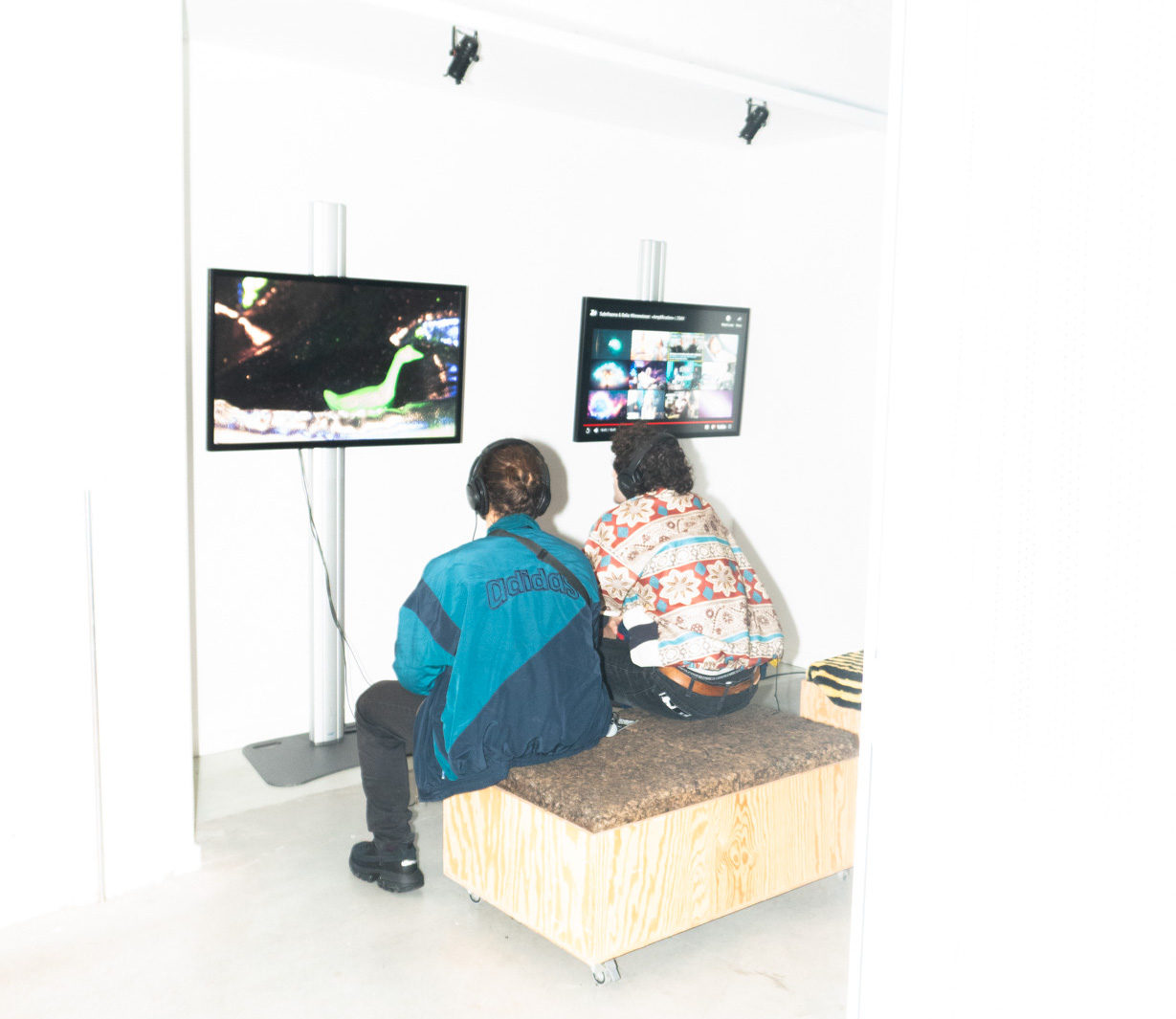
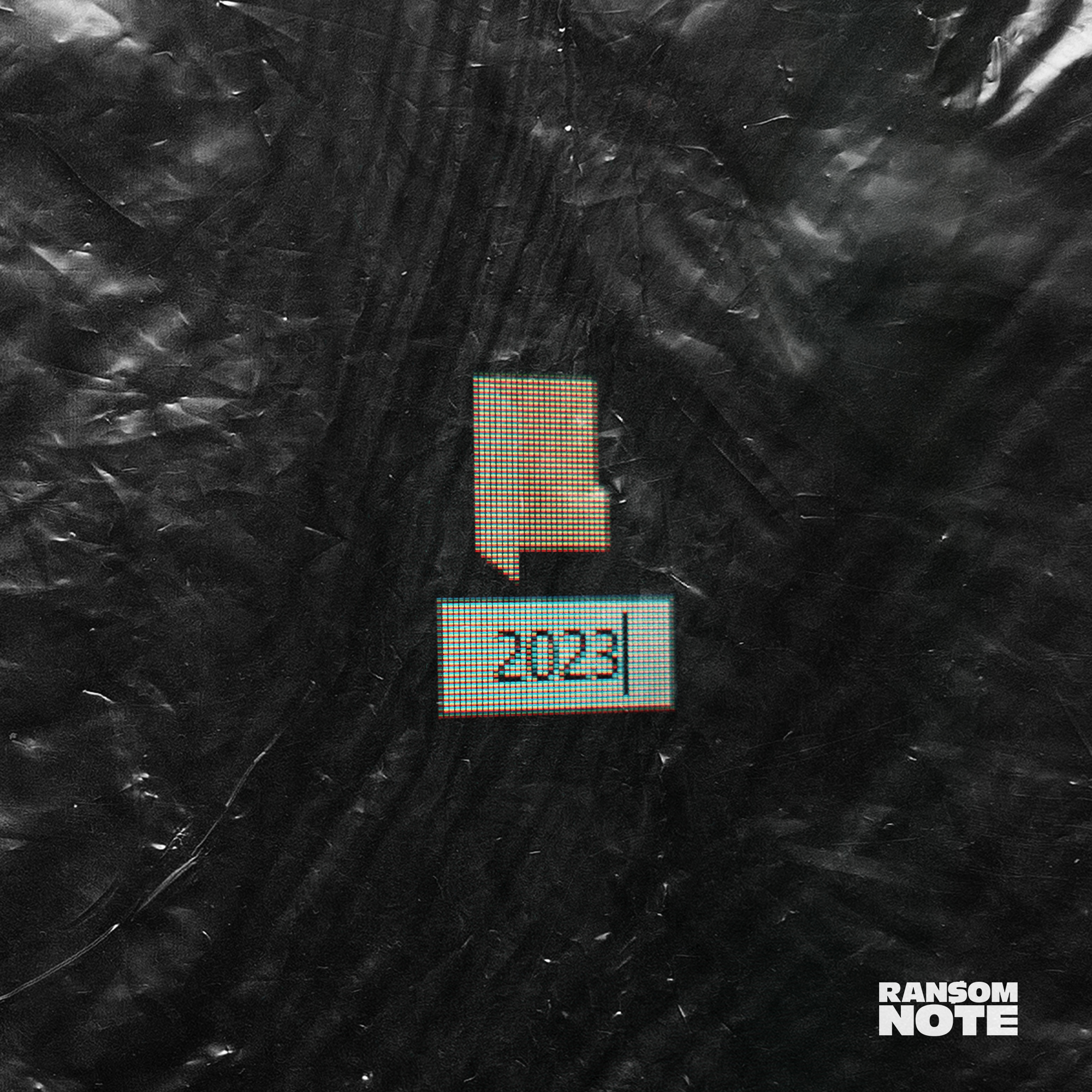












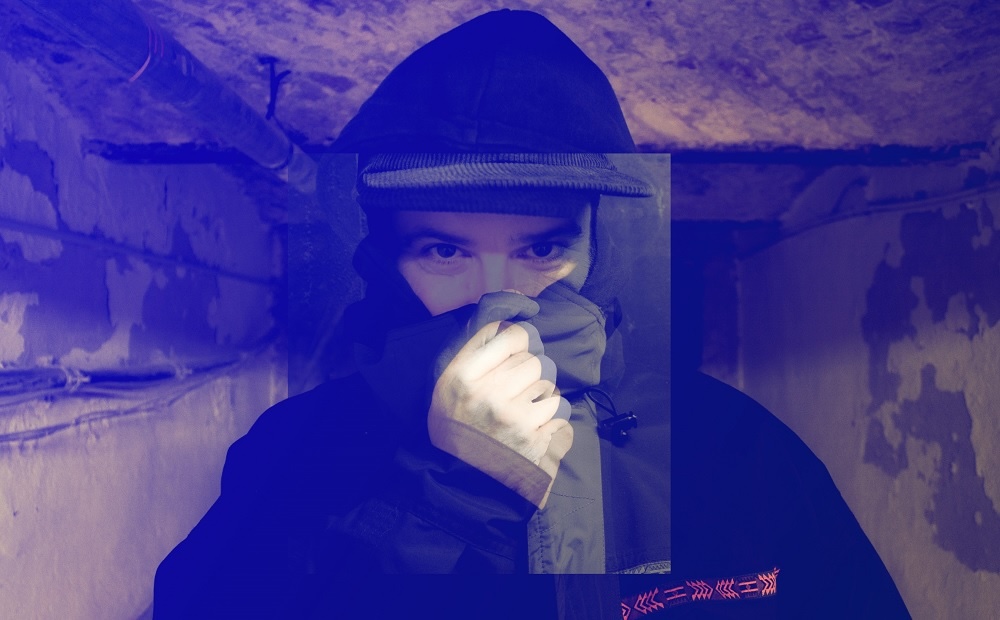




Must Reads
David Holmes – Humanity As An Act Of Resistance in three chapters
As a nation, the Irish have always had a profound relationship with the people of Palestine
Rotterdam – A City which Bounces Back
The Dutch city is in a state of constant revival
Going Remote.
Home swapping as a lifestyle choice
Trending track
Vels d’Èter
Glass Isle
Shop NowDreaming
Timothy Clerkin
Shop Now